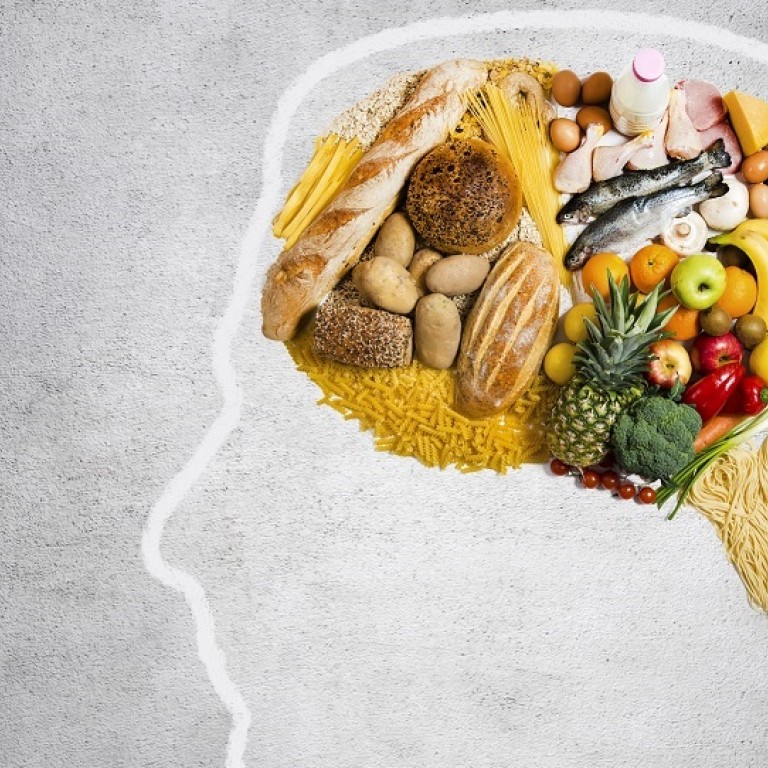
Addicted to meat
Paul Stapleton calls for a return to a diet that is more sensible for the omnivores we are - less meat, more vegetables, and healthier all around
At a recent event that I attended, a buffet lunch was on offer as part of the day's activities. As I stood in line waiting to pick up my plate, the aromas from the hot offerings wafted towards the queue. With a dozen or so hot entrées and the same number of salads, there seemed to be plenty for every palate - chicken curry, sweet and sour pork, spaghetti Bolognese and so on - except for one type of person, a vegetarian.
Remarkably, the kitchen even managed to squeeze bits of meat or seafood into each of those dozen salads. Well, to be honest, there was one vegetarian dish, the one left mostly untouched by my fellow attendees. When we made our way to the table, few noticed my nearly empty plate.
Here in Hong Kong, it is only a vegetarian who would notice such a systematic devotion to carnivores. After all, being a herbivore is a singularly unnatural state for with our canine teeth (albeit rather dull) and binocular vision. Indeed, we are predators and it is only natural for us to eat and enjoy meat.
But those dull canine teeth may be nature's signal that we are not true carnivores like lions and tigers, but omnivores, like bears and crows. We have evolved to derive life-sustaining calories from a wide variety of fauna and flora, probably with a bias towards plants rather than animals.
It is no secret that diets high in animal source foods are associated with various diseases such as cancer and cardiovascular problems. In terms of our evolution, this may suggest that meat is meant to be a rare treat, especially when the animal it comes from has spent several months being fattened on corn and soya beans without a chance to exercise.
Despite our knowledge about meat consumption and its association with disease, it seems that every dish these days, even salads, must have some fleshy treats tucked into them to qualify as sustenance. The mostly untouched, lonely vegetarian offering at my recent buffet seems to attest to this.
This carnivorous drift, of course, has repercussions for more than just human health. The meat and seafood industries have grown to such an enormous extent that planetary health is now being affected. The list of concerns is a long one. A billion cattle belching methane is now recognised as a major factor in atmospheric warming. And those cattle need to eat. The clearing of the Amazon rainforest to grow soya beans that are exported to Asia is not happening in order to put tofu on the plates here.
Of special concern to China is the huge amount of water needed to produce a kilo of meat compared with a similar amount of vegetables, the difference being an order of magnitude. As for food from the sea, it is said that 80 per cent of our fish stocks are fully exploited or in decline. The list goes on.
The food offerings at a buffet may appear innocent enough, but children introduced to such choices from an early age will certainly come to expect meat or seafood to appear as a central item at every meal. And given that we are hardwired to enjoy animal fat and protein, the meat fix soon becomes difficult to break, as I witnessed at the buffet.
It's time for that lonely meatless dish at the buffet to get some company.

